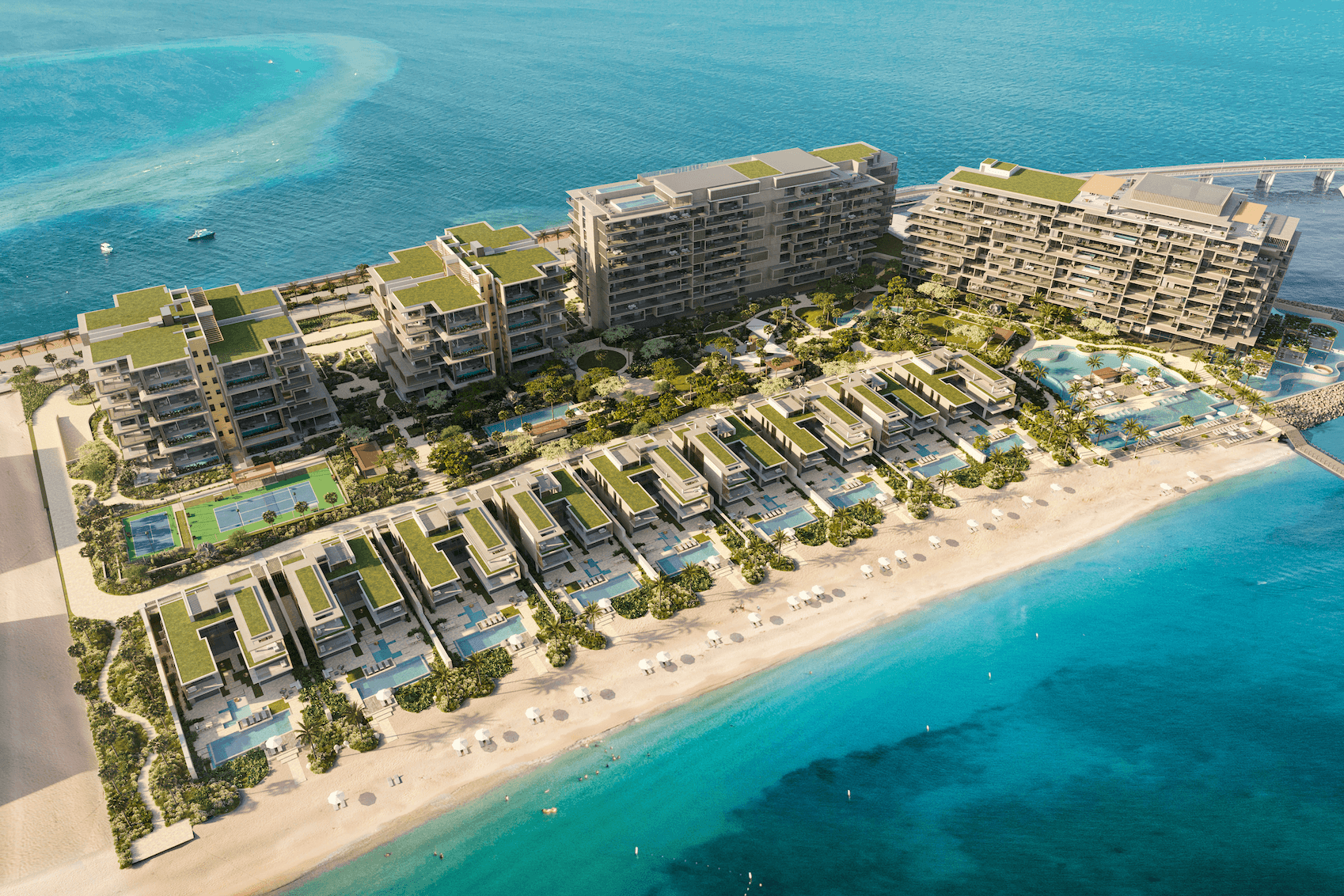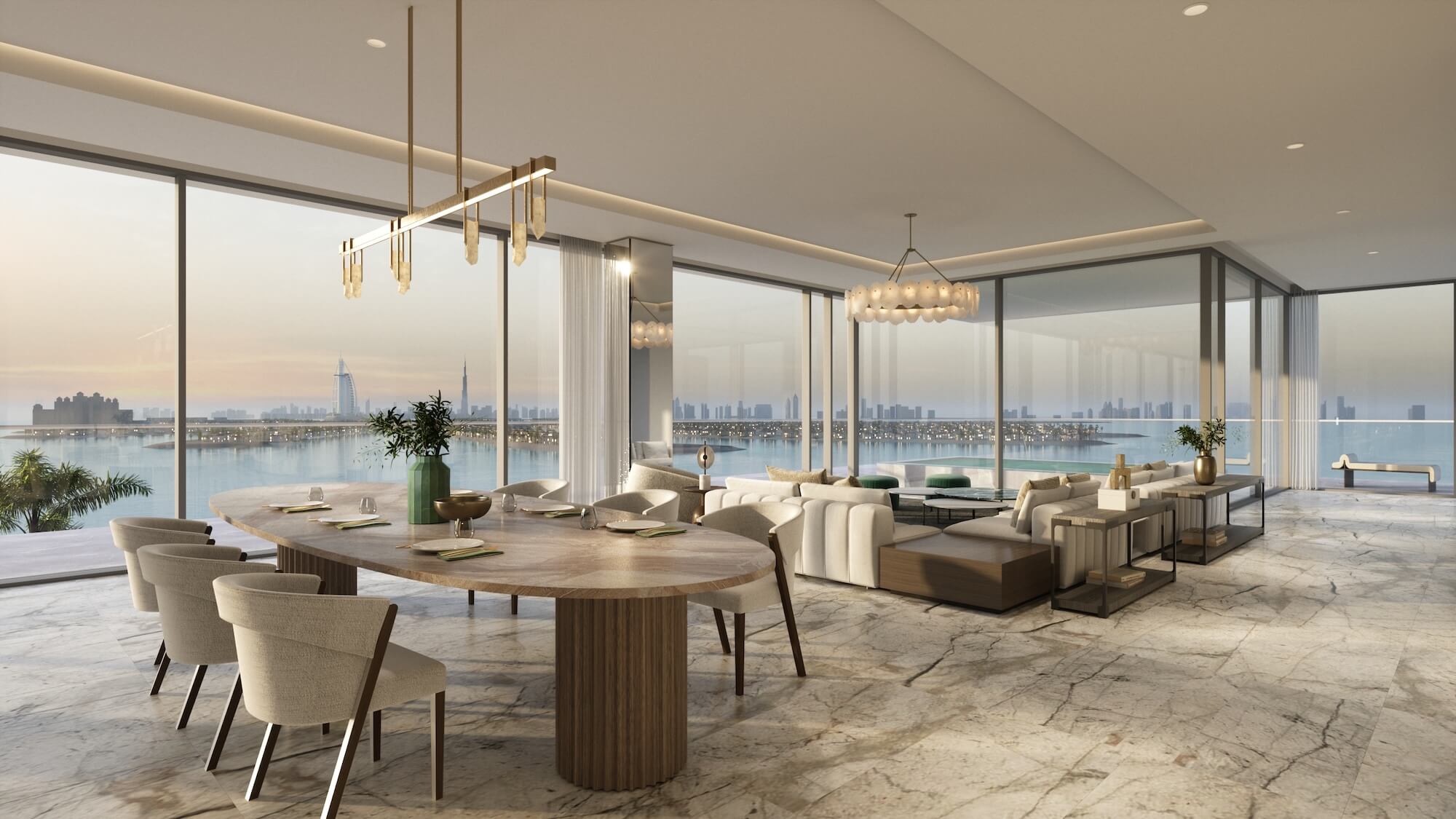.jpg)
In today’s real estate landscape, the concept of the third place is gaining renewed attention. Coined by sociologist Ray Oldenburg, it refers to spaces outside the home (first place) and work (second place) — where people gather, connect, or simply feel part of a community. In modern residential developments, third places might take the form of co-working lounges, resident clubs, wellness areas, libraries, or rooftop terraces.
These aren’t just amenities — they’re becoming essential to how people choose where to live, and why they stay.
Why Investors Should Pay Attention
Third places offer more than lifestyle appeal — they drive performance. Properties with high-quality communal spaces consistently outperform those without. According to CBRE, amenity-rich developments can command 8–12% higher rents, with improved tenant retention and stronger demand.
In a world shaped by hybrid work and evolving lifestyle expectations, third places meet a growing need for flexibility, connection, and well-being — making them a reliable driver of long-term asset value.
More Than Just Amenities
The most effective third places are designed with intention. They’re not ornamental or underutilised; they’re activated environments that serve a real purpose:
• Social lounges that foster interaction.
• Wellness spaces that promote physical and mental health.
• Work zones that support productivity in a home-like setting.
For investors, these spaces represent part of a wider shift from transactional to experiential living.
Future-Proofing Your Investment
As urban residents seek homes that cater to a more holistic lifestyle, developments that integrate third places are better positioned for long-term resilience. They reduce vacancy risk, attract premium tenants, and create a sense of community that enhances a property’s reputation over time.
What was once a “nice to have” is fast becoming a strategic necessity.
Rethinking Value
In a market where square footage alone no longer defines success, third places offer investors a powerful lens through which to assess value. They respond to how people want to live — connected, balanced, and well-supported.
Because the most valuable properties aren’t just well-built, they’re well-lived in.
More blog articles

The Convergence of Real Estate and Hospitality


